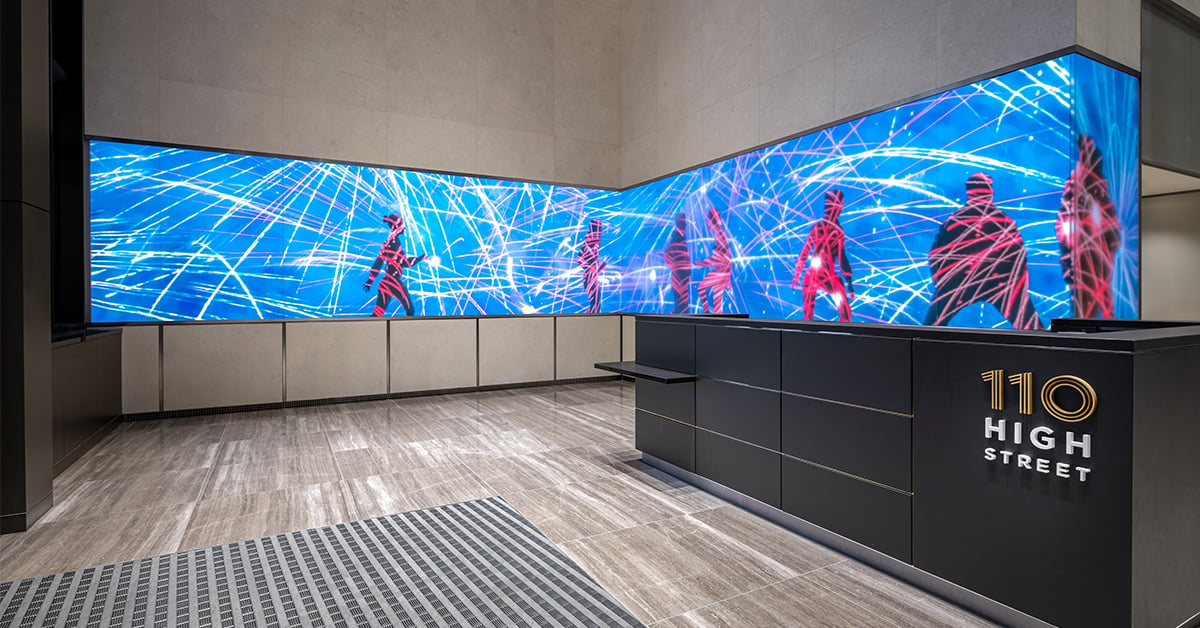When setting up audio-visual installations, the importance of cabling and signal transmission is vital. Proper infrastructure not only supports that audio and image quality are maintained but also guarantees the reliability of the overall system. In any AV arrangement, whether for a learning environment, corporate space, or home theater, optimizing the wiring can lead to enhanced performance and reduced technical glitches. This article will outline essential strategies for enhancing wiring and connectivity in AV solutions.
The primary step in enhancing audio-visual systems is to choose the right cables for the task. Distinct types of cables fulfill various purposes, so identifying compatible ones is essential. For example, HDMI cables are standard for transmitting high-definition video and audio signals. In contrast, balanced audio cables like XLR can eliminate interference in sound systems. It is important to assess the distance and grade of these cables, as longer cables can lead to signal deterioration. By utilizing premium cables that match the precise needs of the AV configuration, users can significantly improve total performance.

Another key strategy is managing the wiring effectively. A neatly arranged wiring system not only looks cleaner but also supports functionality. Using cable management accessories like clips, ties, or sleeves can aid maintain wires orderly and prevent tangling. This structure also makes it more efficient to troubleshoot any issues that may emerge. Labeling each cable according try this website to its function or origin can save time during repairs or servicing. A logical layout helps technicians readily identify connections, which is especially beneficial in large-scale systems with multiple devices.
Additionally, analyzing the configuration of the space is crucial for optimizing signal flow. The location of equipment can influence how signals flow through cables. Placing devices too far apart may necessitate longer cables or signal boosters, which can be resource-intensive and affect quality. It is helpful to map out the arrangement of equipment carefully, taking into account the spacing between devices and potential interferences such as walls or furniture. This strategic placement can reduce issues related to signal loss and strengthen transmission throughout the AV system.
Regular system inspections are another critical strategy for ensuring maximum operation of AV infrastructure and connectivity. Over time, cables may become worn due to handling or aging. Periodically inspecting all connections helps catch potential problems before they worsen into major issues. Upgrading aged cables and maintaining connectors can maintain signal quality and ensure the system operates smoothly. Using a schedule for periodic maintenance can help users stay click for info on top of this aspect of their AV systems.
Finally, keeping up-to-date about emerging innovations and standards is essential for anyone working with AV solutions. The sector is rapidly evolving with advancements in technology that can enhance integration and efficiency. Participating in workshops, reading industry resources, or networking through professional communities can provide valuable insights into industry standards and latest tools currently offered. By leveraging these innovations and adapting them to legacy systems, users can evolve their AV setups continuously while ensuring they remain in line with industry standards.
In conclusion, improving infrastructure and AV performance in AV setups requires strategic use of cables, intentional arrangement, well-planned space layout planning, regular maintenance checks, and staying updated on technological advancements. By implementing these strategies, users can realize improved functionality and stability in their AV setups, ultimately resulting in a more seamless experience for everyone engaged.